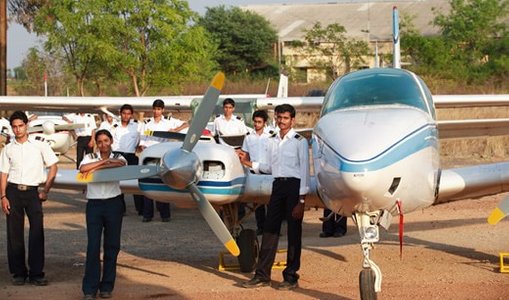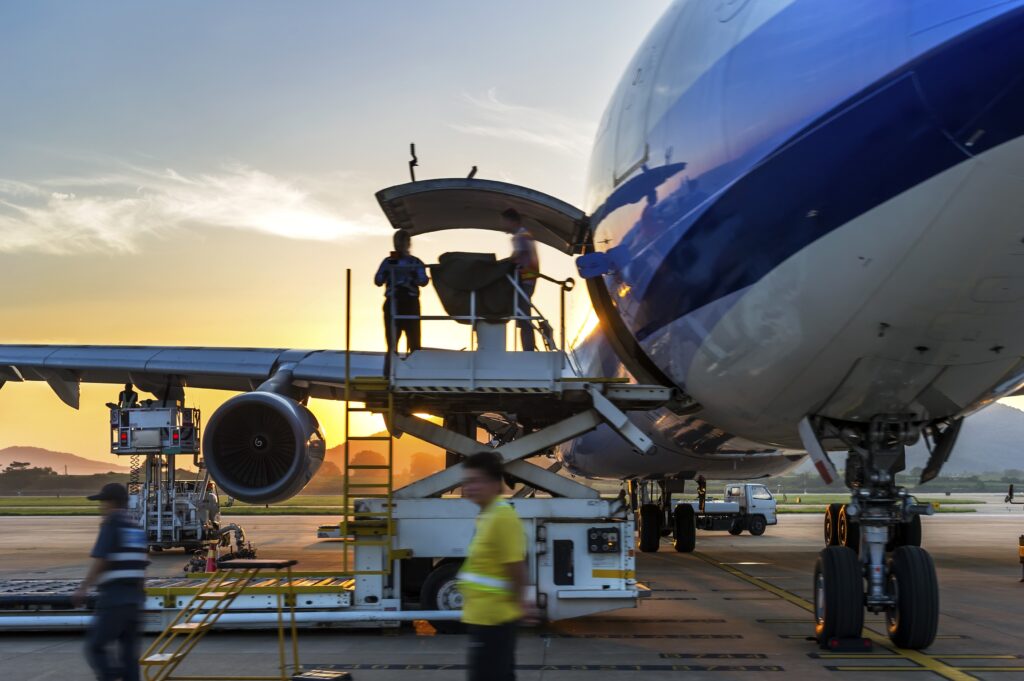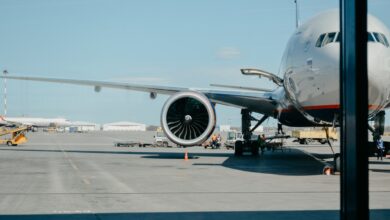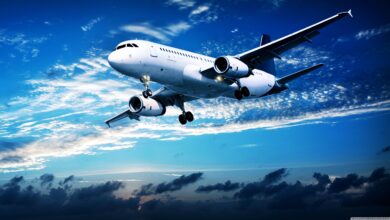HISTORY OF AVIATION

Aviation is of very old and more than 2000 years of history from the past kites to today’s supersonic and hypersonic flight. During the 18th century most notably by Sir George Cayley balloon has its free-flying, also were used for military purposes. The theory of aviation is related to mechanics, fluid dynamics and Newton’s laws of motion. In the 20th century the advancement of digital electronics given its most advanced introduction to flight instrument systems and “Fly-by-wire technology. During the 21st century it was proved that flying was possible using remote control such as Drones and Unmanned Aerial vehicles for the surveillance in the Defence sector.
Aviation in India
The first flight operation took place on 18 February 1911 from Allahabad to Naini covering approximately 10 Kilometres with duration of 15 minutes. India has been the third largest aviation market in 2017 with annual rate of 16.3 % passengers of total world and also recorded 131 million passengers flew in the year 2016. Air India, Indigo, Go Air, Spice Jet, Vistara etc are the major operators in our country. These airlines connect more than 80 cities across india , also several foreign airlines provides international routes such as Emirates, Saudi Airlines, Malaysian Airlines, Sri Lankan Airways etc
Regulatory body
Directorate General of Civil Aviation (DGCA) is regulatory for control on Civil Aviation for safety and operations which is directly governed by the Ministry of Civil aviation. This directorate investigates aviation accidents and incidents. The various functions of DGCA are
- Registration of civil aircraft
- Certification of Civil and domestic airports located in India
- Conducting Examination for Licensing of pilots, aircraft maintenance engineers, air traffic controllers and flight engineers.
- Also, grant a certificate of Airworthiness to civil aircraft registered in India and Formulation of standards of airworthiness
- Also, conduct an investigation into incidents and accidents and issue necessary instruction to avoid such cases in future and of implementation of Safety Aviation Management Programmes
- Regular assessment of on the proficiency of flight crew and other operational personnel such as flight dispatchers and cabin crew.

Hands behind the flying machine
Pilot
To become a pilot the candidate must be above 17 years of age, also completed 10+2 with (PCM) Physics, Chemistry and Mathematics and physically fit. The candidate must get a Student Pilot License (SPL) initially, there would be oral and Pilot aptitude test, The candidate on obtaining SPL can apply for Private Pilot License, and followed by on successful completion can apply for Commercial Pilot License (CPL), a minimum 300 hrs of flying by the candidate must be logged to qualify for a commercial Pilot Licenses. There are various flying institutes in India as well as around the world to train Pilots.

Aircraft Technicians
They are the backbone of Aviation, without the aviation technician nothing is possible; To maintain and make serviceable and fly an aircraft is cost expensive. The amount of risk involved to maintain an aircraft is the most important aspect of a technician, only these are the technician whom sign for their involvement in maintenance and make fly worthy. These technicians are AME license holders and are qualified to work on aircraft as approved by the DGCA. Aircraft Maintenance Engineering subject is containing module base learning required 10+2 qualification with PCM.
There are DGCA approved institutes to undertake training for Aircraft maintenance Engineering License exam. A candidate undergo a regressive training which include 40% theoretical 60% practical to inculcate various safety aspects and procedure to be followed during daily servicing and maintenance of an aircraft. These students are even taken to various MRO’S (Maintenance and Repair Organisation) for their practical training so as to make them more responsible on their profession. Human Error is a major cause of Aircraft Incident and Aircraft accident
To overcome/eliminate the cause it is very important that one must know his profession very well and dedication towards the job also proper following of maintenance procedures lay down in respective publications issued by the manufacturer of aircraft. No foul play allowed and must always refer relevant publications and technical data’s and work as per it. Every DGCA Licensed AME Institutions will ensure these technician’s are qualified as per the laid down norms. Jawaharlal Aviation Institute under Nehru Group of Institution is one among the DGCA approved Training Institute for Aircraft Maintenance Engineering in south India Located at Palakkad Kerala.




